The size of Washington State’s largest wind farm just got cut by 50%
Baua Electric
APRIL 18, 2024
Washington State’s energy board cut the size of what would have been the state’s largest wind farm in half yesterday – here’s why. Wind farm controversy in Washington State The $1.7 billion, 1,150-megawatt (MW) Horse Heaven Clean Energy Center combines wind, solar, and battery storage.


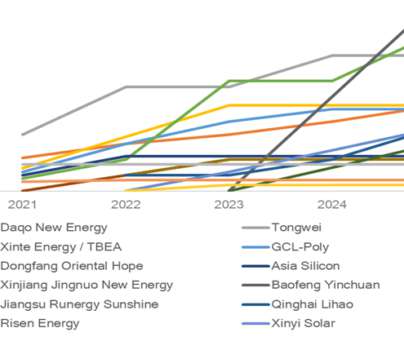
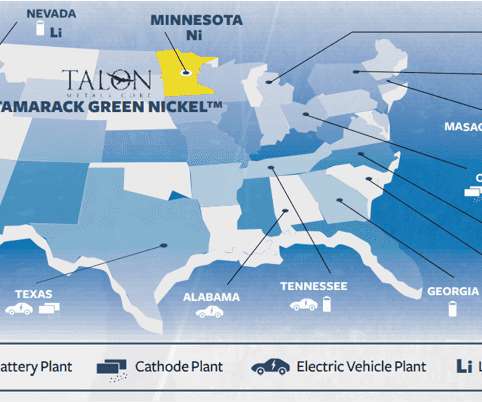




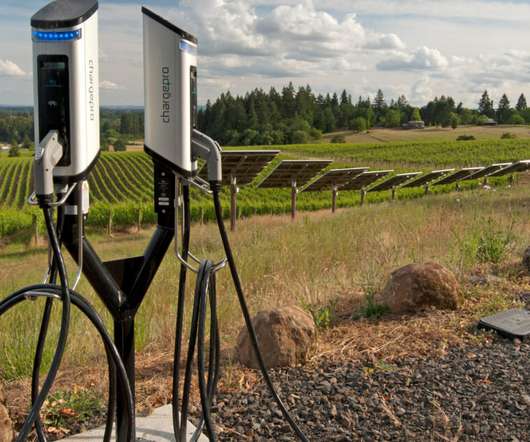






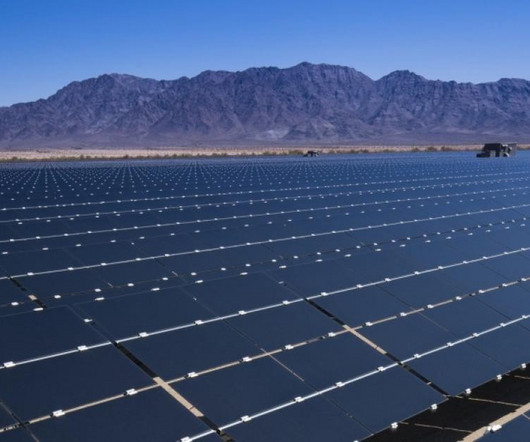
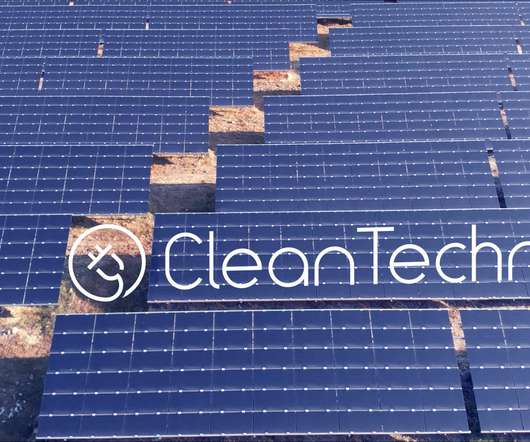




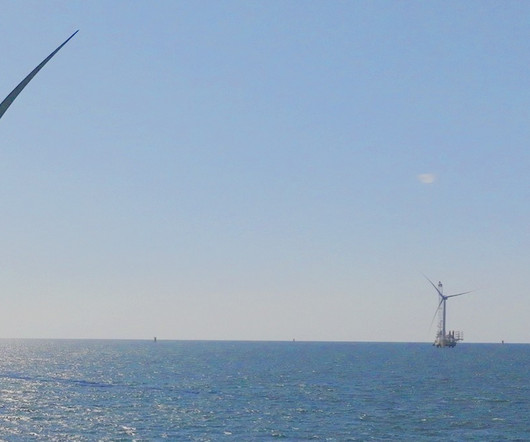







Let's personalize your content